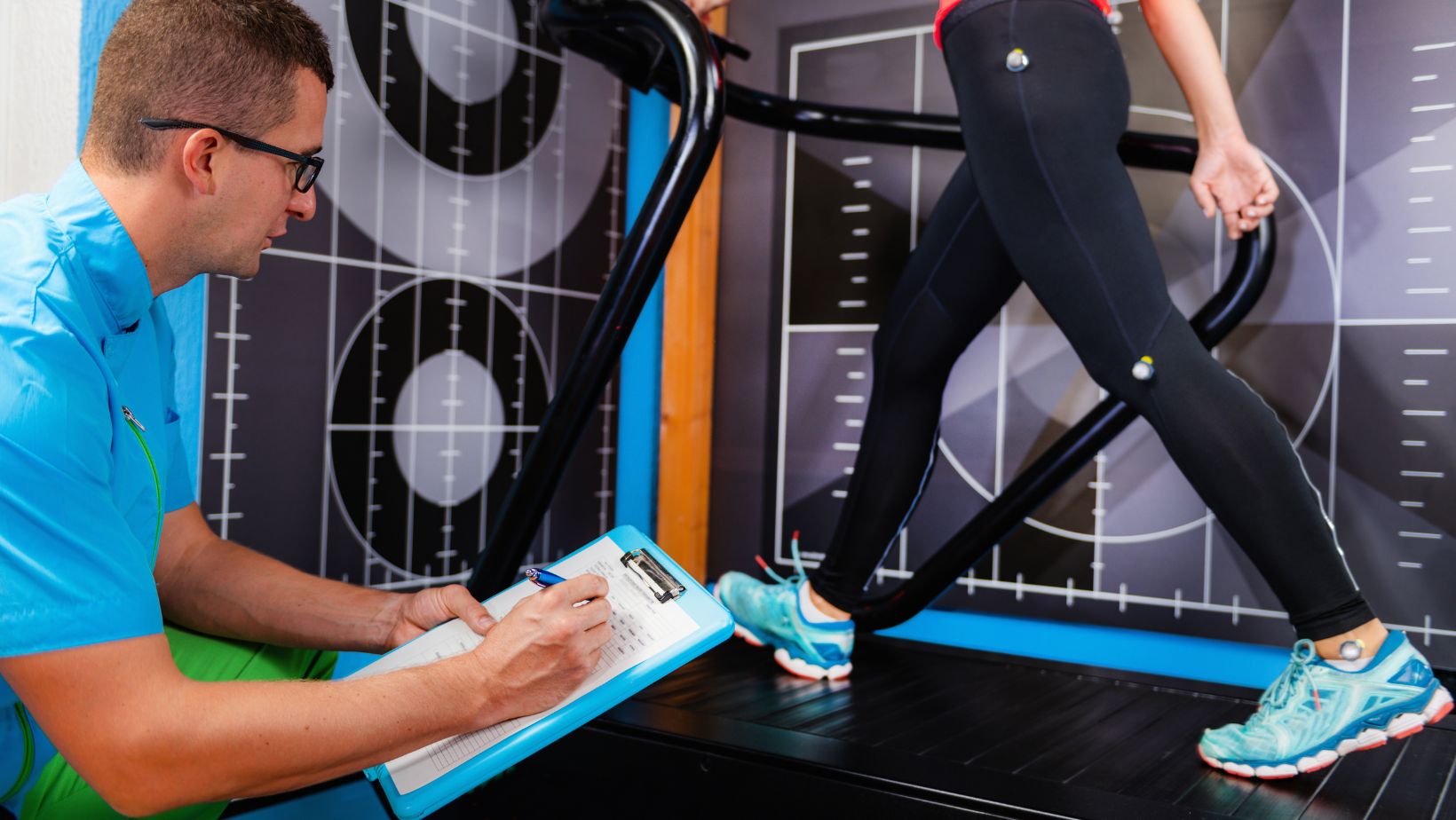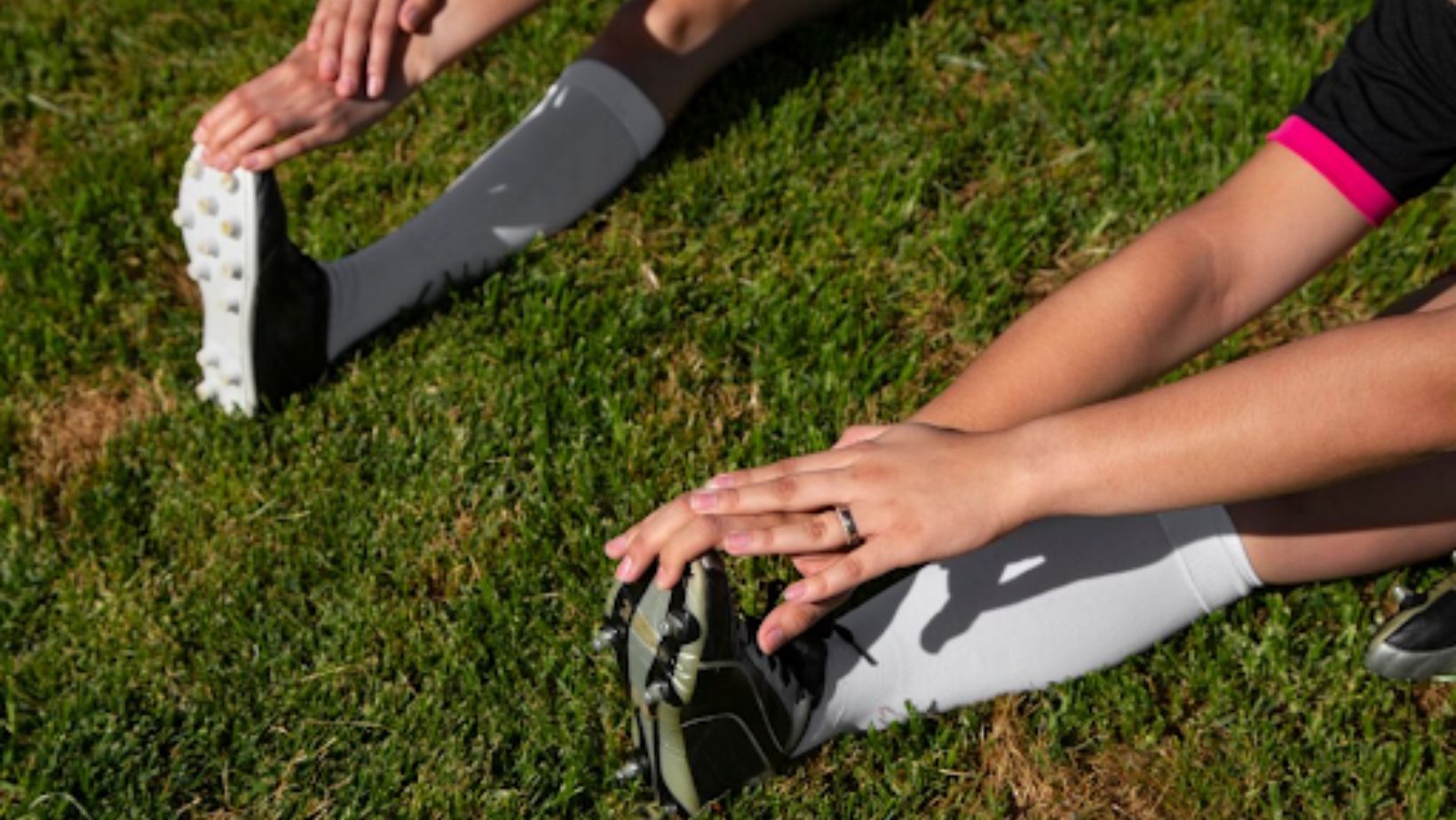Biomechanics is among the most vibrant fields that have continued to revolutionize sports. It combines science and motion to enhance performance and reduce the players’ chances of getting an injury. In more specific terms, applied biomechanics is used in refining techniques, increasing exercise effectiveness, and developing safer exercise schedules. Everyone from professionals to amateurs can benefit from this highly sophisticated method. This revolution is recreating the future of athletic success.
Understanding Biomechanics in Sports
Biomechanics goes beyond the mere study of human locomotion. It analyses the forces the athletes create, how they affect them, and the techniques’ effectiveness. This knowledge is now even influencing areas like betting on football, where understanding player performance can offer a competitive edge. This isn’t arbitrary speculation but based on physics, the human body, and engineering principles.
For instance, a racing car benefits from custom-designed lengths and angles of its speedy strides and minimum energy drag. At the same time, swimmers apply biomechanics to their movements, adjusting them to reduce drag in the water. Modern trainers use biomechanics information to set up training practices that enhance the impracticable features of every athlete. They are rendering entirely new approaches to the education and practice of the sports in question.
Reducing Injuries Through Biomechanical Analysis
An athlete is always at risk of an injury. Biomechanics steps in to do so. In this way, researchers can identify and modify dangerous movements for joints and muscles before injuries appear.
Biomechanics aids injury prevention with:
- Movement screenings: Find out the initial signs of an off day regarding biomechanics and posture.
- Load management: Training intensity must also be checked to avoid constant injuries from overtraining.
- Customized training plans: Exercise should be designed based on athletes’ bodies and the sports they apply
These methods are not only crisis-based but also prevention-based. With biomechanics, athletes can train harder, more innovatively, and safer. Platforms like this https://www.facebook.com/groups/381879567540312 provide communities where enthusiasts and professionals discuss the role of biomechanics in enhancing athletic performance.
The Role of Technology in Biomechanics
Technology is the pillar of contemporary biomechanics. It links the academic and the operational, turning data into useful information. For instance, athletes can give their best safely through motion capture systems and force plates. These tools measure and assess performance with great accuracy, bringing solutions that would have been beyond the reach of such systems decades ago.
Motion Capture Systems
Motion capture systems revolutionize humanity’s approach to the study of movement. These systems employ infrared cameras attached to reflective markers that capture an athlete’s motion in three dimensions. At this level, it becomes easy to detect flaws in performance from a biomechanical perspective, such as the application of wrong joint angles or an uncoordinated sprinting gait.

For instance, a tennis player’s serve can be broken down into frames, and one can see that the player is not using some energy effectively, enhancing power and accuracy. In these team sports, these systems monitor entire teams so that they can plan and coordinate themselves and their players. Since motion capture makes every movement count, training is more innovative and efficient.
Force Plate Technology
Force plates feel the non-seeable—the forces with which an athlete is pushing off the ground. These plates are crucial for jumping, running, and reversing or turning. They measure the ground reaction forces and indicate how the body develops and dissipates them.
A sprinter, for example, can enhance their takeoff by studying how force is utilized at the beginning of the race. Similarly, basketball players utilize force plate data to minimize knee stress by changing the impact force during the touchdown. In this case, the athletes and coaches establish programs based on accurate measurements, enabling the discovery of further effective performance.
Biomechanics in Training and Rehabilitation
Biomechanics has significantly impacted the two facets of training and recovery. Biomechanical information designs specific training exercises that increase athletes’ muscle power, elasticity, and stamina.

Trainers can determine how muscles and joints work during exercises and devise drills to meet specific needs. This makes work easier and guarantees that each session yields the best outcome.
Biomechanics shows how an individual ought to be reclaimed in rehabilitation. After the session, the athlete can follow up on the results through a motion analysis tool and sensor technology. These technologies reveal shortcomings and lead to remedial calisthenics to rehabilitate tissues painlessly. It ranges from a sprinter with a hamstring strain to a footballer who requires a knee to work correctly; biomechanics makes treatment a process and makes comebacks faster and safer.
Future Prospects of Biomechanics in Sports
The future of biomechanics promises. Enhancements such as Artificial Intelligence-derived ability to analyze data and wearables are poised to transform performance measurement. Mobile technology will take analytics to the field, introducing changes to the process immediately and productively. They could lead to a new paradigm of human performance in sports.

